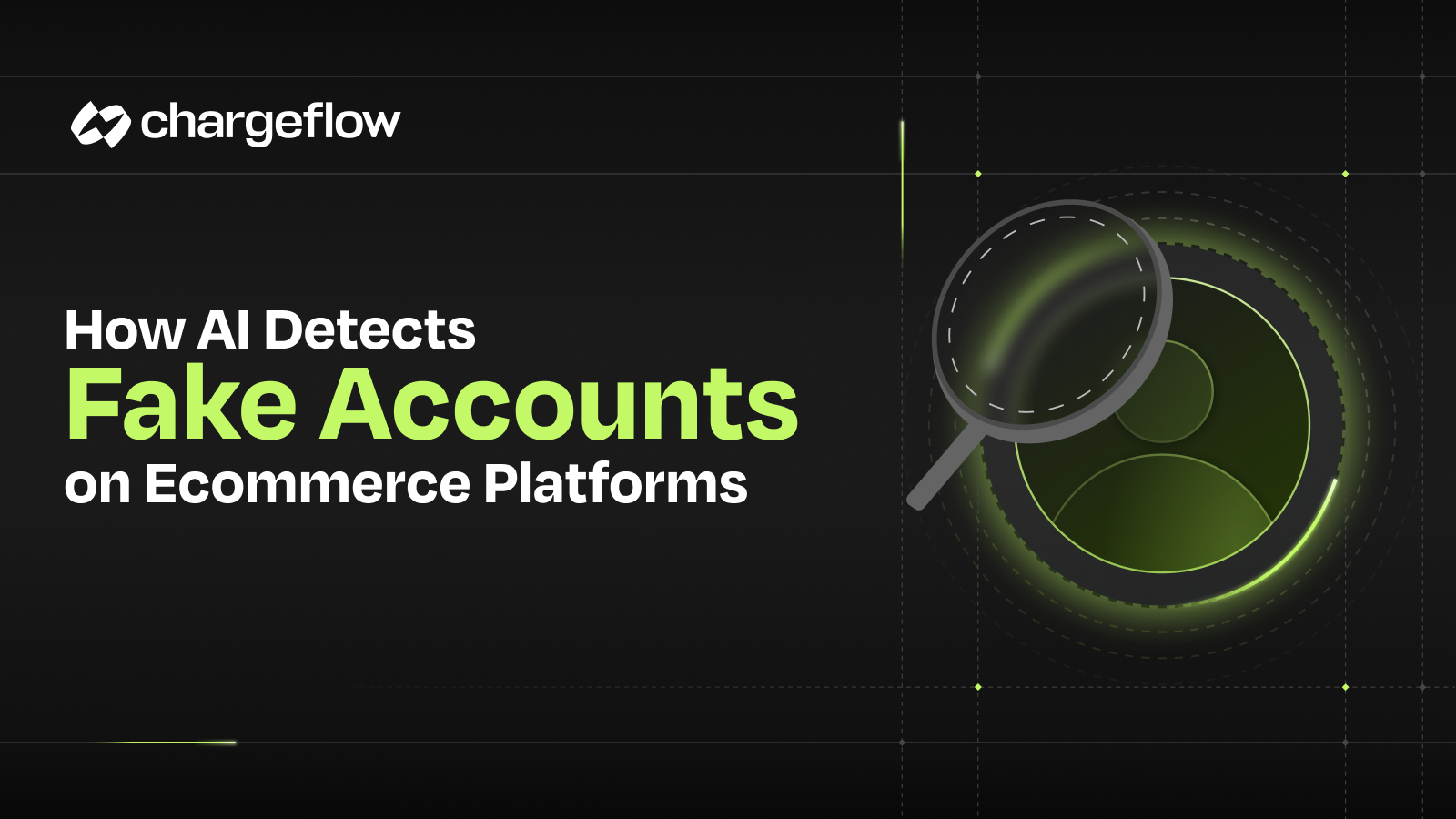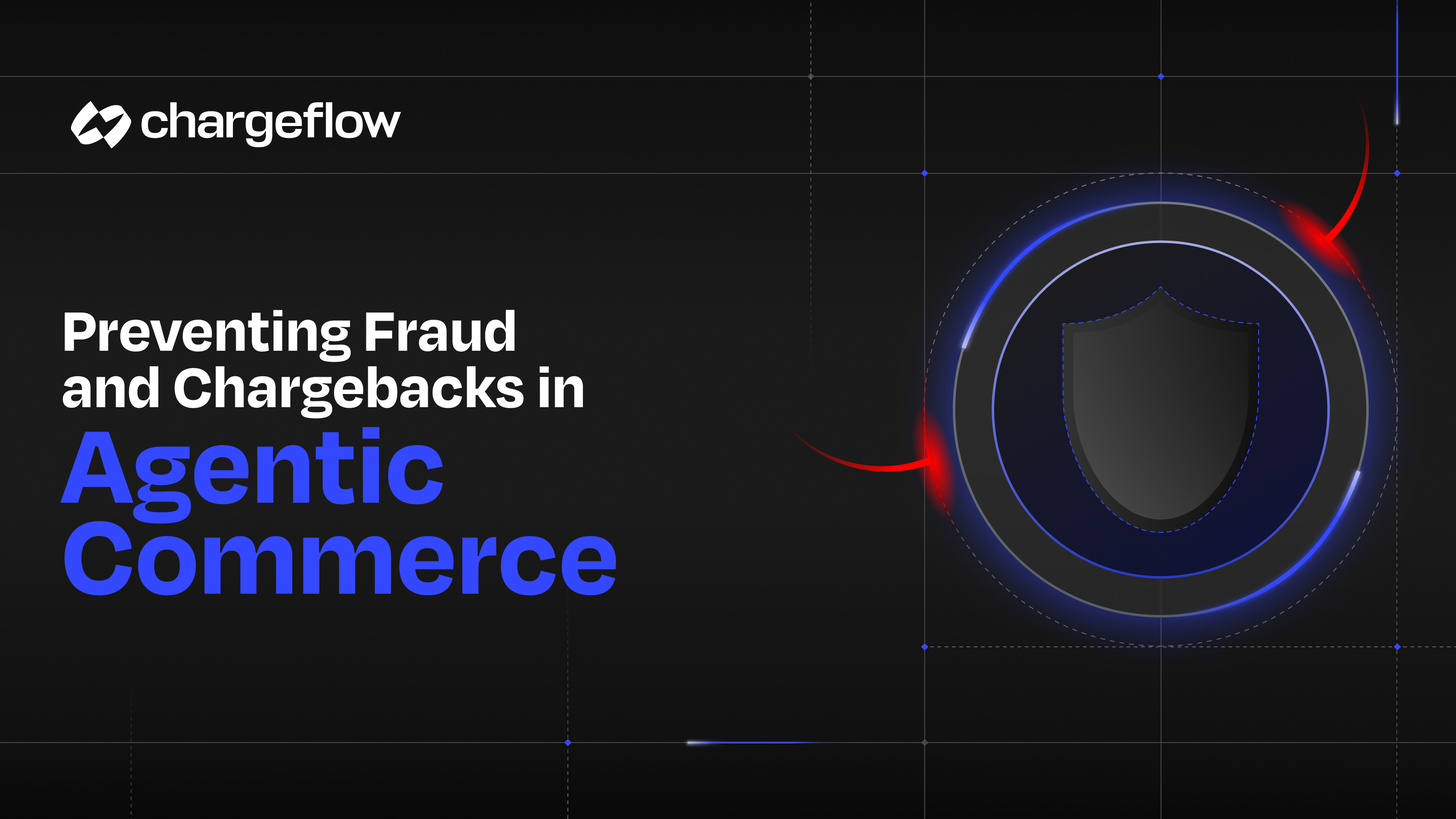Payment Reversals and What They Mean for Merchants

Chargebacks?
No longer your problem.
Recover 4x more chargebacks and prevent up to 90% of incoming ones, powered by AI and a global network of 15,000 merchants.
Payment reversal is when a completed transaction is canceled and the funds are returned to the payor's original payment method. Learn more about it.
The principle of payment reversal traces its origin to the earliest forms of commerce. In barter systems of 3000 BC, buyers and sellers settled transaction disputes informally. If you have an issue with your transaction, you negotiate with the seller to resolve it.
The Code of Hammurabi in Babylon (circa 1755 BC) formalized processes for rectifying unfair billings, with clear guidelines for buyers and sellers.
Payment reversal became more standardized with the arrival of coinage in the 6th century BC. Banking instruments in ancient Greece and Rome enhanced methods for reversing completed transactions. Payment reversals required returning coins or adjusting bank balances. Institutions like the Medici Banks were responsible for recording payment corrections.
Then came the introduction of cheques and online payment systems in the 19th and 20th centuries. The system became more structured. Banks established protocols for canceling, refunding, and reversing transactions due to fraud, error, or disputes. That brings us to today.
Keep reading as we dissect payment reversals and what they mean for merchants.
Understanding Payment Reversals
Payment reversal is when a completed transaction is canceled and the funds are returned to the payor's original payment method. Simply, a payment reversal is the undoing of a completed transaction that returns funds to the shopper.
Shoppers, merchants, or financial institutions can initiate payment reversal. This can happen for several reasons, such as merchant error, transaction dispute, or fraud.
Payment reversal is a growing challenge in the eCommerce industry. 2023 Consumer Returns estimates by NRF put the monetary equivalence of payment reversals in the US retail industry at $743 billion. That represents 14.5% of total US retail sales.
Types of Payment Reversals
Although payment reversals are generally frustrating for merchants, there's no denying the fact they're vital to eCommerce. Payment reversals foster trust by protecting buyers from fraud. They ensure fair dispute resolution, enhance security, and maintain business reputation and regulatory compliance.
That said, the following are the five ways cardholders can reverse a transaction:
1. Payment Authorization Reversal
Authorization reversal is a payment reversal process that cancels a pending transaction before it is finalized. This occurs at the interval between the initial approval and the transaction capturing and settlement stage.
To apply payment authorization reversal, you, the merchant, send a payment reversal request to the card issuing bank through your acquiring bank, requesting they release the hold on the customer's funds. For the most part, the customer might not even know about the reversal, as money never left their account.
Merchants apply authorization reversal for several reasons, including suspicious orders, errors (like incorrect transaction amounts), accidental billing, or the customer’s request.
The goal of authorization reversal is to ensure the charge does not appear on the shopper’s account.
2. Refund
A refund is a payment reversal mechanism where a merchant returns funds to a shopper for a completed and settled transaction. This could be due to product/service dissatisfaction, transaction cancellation, or product return.
A merchant or the customer can initiate a refund. Refunds are treated as a new or separate transaction (because the original transaction has already been settled). The merchant must process it through the payment system, returning the money to the buyer's original payment method.
Therefore, refunds do not happen instantaneously, like authorization reversal. They may take up to seven business days to reflect in the shopper's account statement. The refund timeline depends on the payment processing schedule of the banks involved.
3. Chargeback
A chargeback is a payment reversal method where a customer forcefully undoes completed transactions through their bank. The chargeback process starts with the cardholder contacting their card issuing bank and disputing the transaction. They will then investigate the case. And, if valid, return the credit to the cardholder’s account, debiting the merchant.
You, the merchant, can challenge the validity of the case through the chargeback dispute or chargeback representment channel. This involves writing a chargeback response and presenting compelling evidence.
Chargebacks are supposed to apply in cases of unauthorized transactions or fraud. Unfortunately, cardholders are now using it to commit friendly fraud, ripping off merchants.
4. Void Transaction
A void transaction is a credit reversal method where a payment is canceled before it is processed or settled, ensuring the funds never leave the cardholder's account. It's similar to authorization reversal in principle. However, void transactions cancel payments that have already been authorized but are yet to be settled.
More so, unlike refunds, where money is returned for a captured transaction, voids prevent authorized transactions from completing, making them quicker and more cost-effective for merchants.
Businesses use voids to correct errors like incorrect payment amounts, duplicate transactions, or cancellations initiated by the customer or merchant. They can also be used to stop fraudulent or unauthorized payments before completion.
The process involves the merchant canceling the payment through their POS system or payment gateway, after which the processor releases the authorization hold on the customer's account. A void must occur before settlement, ideally within the same business day.
5. Reversal adjustment
A reversal adjustment is a financial (and sometimes non-financial) correction that rectifies an incorrect or unauthorized transaction, restoring the account or account details to the intended state. Merchants make reversal adjustments through their payment processing channels. Reversal adjustments apply when a customer disputes a charge as duplicate or fraudulent. Businesses can also use it to remedy incorrect billings.
The Implications of Payment Reversals for Merchants
The primary goal of payment reversal is to minimize friction between merchants and their customers. The ability to reverse a payment allows businesses to rectify errors and maintain credibility with customers. After all, if a merchant error occurs and you, the merchant, cannot quickly reverse the payment, the customer might opt to file a chargeback. That costs you more money.
Yet, payment reversal has serious consequences, making them a burden for merchants. Let’s examine the various implications of payment reversals for merchants and how you can remedy adverse circumstances.
Financial Liability
Payment reversals of whatever form mean reimbursing customers for transactions that would otherwise mean money into your bank account.
This disruption in cash flow can result in financial liabilities such as:
- Immediate loss of revenue: Reversing completed transactions leads to immediate revenue loss, affecting budgeting and financial planning, especially for SMBs.
- Overhead cost: Payment reversal attracts overhead labor burden. Activities like inventory restocking, dispute resolution, and refunds add extra cost centers for your business.
- Chargeback fees: Additional financial liabilities arise from chargeback fees for payment reversals through chargebacks.
- Excessive processing fees: Businesses that have crossed the card network-imposed chargeback threshold face excessive processing fees from processors.
Other financial liabilities could be in the form of lost merchandise or sales cannibalization. We discussed that further in a previous guide on high-risk merchant accounts.
Brand Reputation Damage
How you manage payment reversal has a significant impact on your brand reputation and market position. For example, proactively issuing a refund to resolve legitimate transaction issues can prevent damaging customer relationships. Customers are the lifeblood of every business, and dissatisfied ones can quickly harm your business through negative reviews or word-of-mouth.
On the other flank, persistent payment reversals like chargebacks are a sign of poor customer service, fraud, or unreliable transactions. That carries both direct and indirect consequences through:
- Financial losses, as discussed above.
- Loss of market position. Prospective customers will not trust your company.
Business Closure
While it might seem somewhat stretched, payment reversal can result in a business shutting down. This can be due to excessive fraud cases or bad data.
For example, our research on chargeback trends shows that up to 80% of all chargebacks filed in 2023 are false. Recent Mastercard statistics reveal a 32% year-over-year uptick in chargeback fraud.
Shoppers are weaponizing chargebacks to commit fraud.
Furthermore, businesses that don't use specialized, AI-assisted dispute management systems like Chargeflow often rely on bad data when tracking fraud patterns, consumer behavior, and dispute trends. Why? For starters, specialized tools like Chargeflow provide more extensive data and analytics than generic consumer behavior monitoring frameworks.
Chargeflow gives merchants tools for incremental adjustments that close fraud loopholes, improve product quality, and maximize customer satisfaction.
Read our previous guide in this series for further insights on merchant responsibilities in payment reversals.
Payment Reversals: Final Thoughts & Key Takeaways
Payment reversal is the undoing of a completed transaction and the return of funds to the shopper’s original payment method. It’s a crucial element in the modern eCommerce business.
Reasons for transaction reversal include merchant errors, cardholder cancellations, fraud, or the merchant's decision to halt the transaction. A payment reversal can be an authorization reversal, refund, chargeback, void transaction, or reversal adjustment.
Although reversals are often unavoidable, they can lead to financial losses, brand damage, and hindered growth, particularly in the case of chargeback. Recognizing these risks, forward-thinking eCommerce merchants now leverage Chargeflow to mitigate the negative impacts of payment reversals.
See how the process works, and get $10,000 In Free Chargeback Management with a Black Friday, Cyber Monday, and Holiday season bonus!

Chargebacks?
No longer your problem.
Recover 4x more chargebacks and prevent up to 90% of incoming ones, powered by AI and a global network of 15,000 merchants.






























.png)








